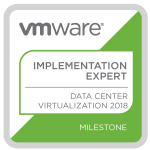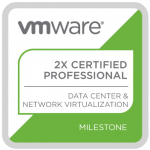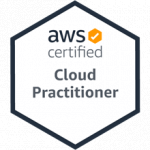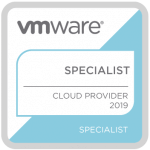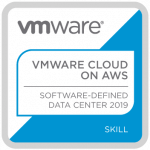CKA Part 1 - Native Kubernetes Core Concepts
Posted on 24 Feb 2023
The following blog series contains my notes from the Udemy training course in preperation for the Certified Kubernetes Administrator (CKA) exam.
Use the code - DEVOPS15 - while registering for the CKA or CKAD exams at Linux Foundation to get a 15% discount.
Labs
You need to have a Kubernetes cluster, and the kubectl command-line tool must be configured to communicate with your cluster. It is recommended to run this tutorial on a cluster with at least two nodes that are not acting as control plane hosts. If you do not already have a cluster, you can create one by using minikube or you can use one of these Kubernetes playgrounds:
Tagged with: Command Line K8s
Foundational Linux Commands
Posted on 12 Jan 2022
| Command | Description |
|---|---|
| echo | Output to the screen |
| whoami | Display logged in user |
| cd ~ | Change directory into current users home directory |
| cat | concatenate |
| pwd | Print working directory (current directory) |
| ls <folder> -a | list all folder contents (including hidden files) |
| <CTRL + L> | Clear terminal |
| find <location> -name <filename> | Find the file with the name <filename> in the <location> specified. |
| grep “SearchString*” <filename> | Search the filename file for the searchstring specified |
| & | Run command in background |
| && | combine multiple commands into one line, if command one fails, command two won’t run |
| > | Redirector |
| » | appends the redirect, rather than overwriting |
| man <command> | Display the manual for the command |
| touch file1 file2 | create two blank files in the current directory. One called file1 one called file2 |
| mkdir | Make a directory |
| cp | copy a file or folder |
| mv | move a file or folder |
| rm -R <directoryname> | remove a file or folder called <directoryname> and all its sub-folder contents |
| file <filename> | determine the type of a file (e.g., ASCII) |
| su -l <user> | substitute to user using their login variables (including their home directory and environmental variables). You need to know the users password to substitute the user |
| VIM | Vi Improved |
| wget | download files from the web using http |
| scp <Source> <Destination> | Secure copy files from <source> to <destination> |
| python3 -m http.server | Start the python web server to serve the current directory and contents via http |
| ps aux | Show processes run by other users and those that don’t run from a session like system processes |
| htop | highlighted view of top |
| kill <processID> | Kill the process with the ID of <processID> |
| SIGTERM <processID> | Cleanly kill a process with ID of <processID> |
| SIGKILL <processID> | Kill the process without cleanup |
| SIGSTOP <processID> | Stop/suspend the process without killing it |
| systemctl [option] [service] | System Control of services, options include start, stop, enable (start on boot), and disable (disable boot option) |
| <CTRL+Z> | Background a running process, like a script. Shows as T^Z in the terminal |
| fg | bring background running process to foreground |
| crontab -e | Edit crontab. Crontab is a text file responsible for managing cron jobs |
Tagged with: Command Line
The VCDX Defence
Posted on 05 Jan 2022
Overview
A few weeks ago, in late 2021, I sat and passed the VMware Certified Design Expert on Datacenter Virtualization (VCDX-DCV). The purpose of this post is to serve as an overview of what specific actions and tactical steps I took that I believe helped me pass the defence stage of the process.
To pass the VCDX, regardless of technology track you need to complete some specific steps. They are:-
- Prepare and submit a production design package consisting of a design written to conform with business goals and business requirements, including risk management, and information on how to implement, operate, and validate said design.
- Following submission, the design package is reviewed by a panel of experts to ensure it complies with the VCDX framework and meets the key objectives outlined in the VCDX blueprint.
- Part 1 of the defence - Defend the design in a live panel review where you have 75 minutes to present your design to the panel and then defend your design decisions against the questions from the panel.
- Part 2 of the defence - After a short break you are given a scenario by the panel and you have 45 minutes to question the panelists and deduce some specific requirements, identify any key risks and constraints and turn these into a logical design which forms the foundations of an entire solution design.
Tagged with: vSphere
About MΣ





